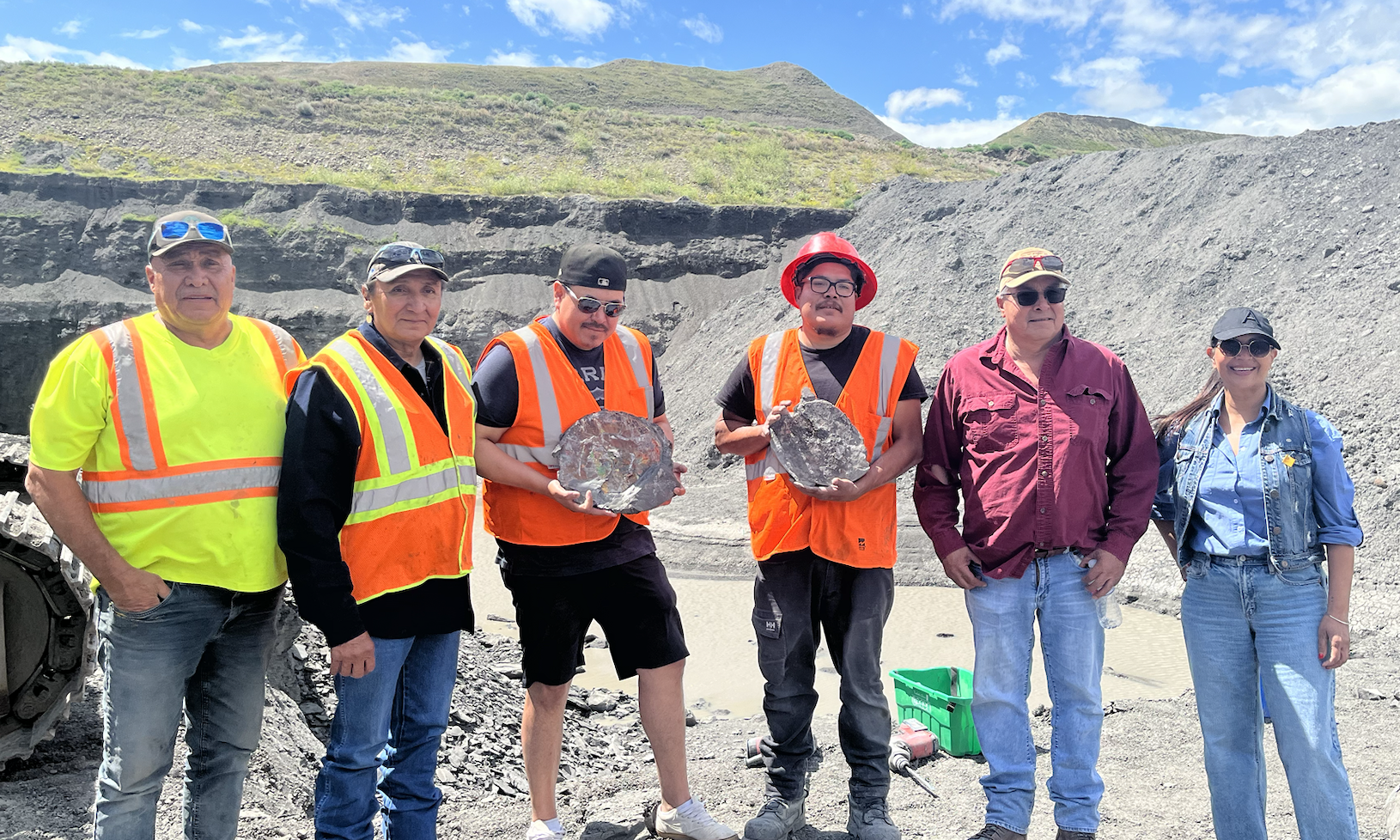Europe closes in on conflict minerals
- Annual “White List” to reveal which of the world’s smelters do not use conflict minerals
- Focus not on downstream users like battery and smartphone makers
- Europe likely to expand scope outside central Africa and to more minerals
An annual list that reveals the names of mineral smelters that do not use raw materials linked with criminal gangs is at the heart of Europe’s push to clean up the world’s mining industry.
Conflict minerals, much like their earlier counterpart, conflict diamonds, are raw materials produced in a region of conflict, the trading of which funds militia or terrorist groups and perpetuates the fighting.
The area is of intense focus following the landmark legislation enacted by the US in 2012 that looks at central Africa, in particularly the Democratic Republic of Congo, and the sourcing of tantalum, tungsten, tin and gold (collectively known as 3TG).
Many of these raw materials are key components in crucial technologies including batteries, smartphones and defence applications.
A form of the legislation is now coming to Europe following an overwhelming vote in favour of restrictions.
Government sources close to the proposed legislation have explained to Benchmark Mineral Intelligence that Europe plans to publish an annual list, internally known as the “White List”, naming the smelters to do business with.
In other words, the list will cite the smelters it has declared do not use conflict minerals to produce their intermediate products that are sold into the European Union.
While the system will be voluntary, there is a belief that strong interest from major downstream customers will pressure smelters to want to be on the list of approved suppliers.
While number of political hurdles have to be overcome before being enacted into law, legislation is expected to be passed as early as Q1 2016.
Supply chain focus on middlemen
Where the European legislation will differ from the US is its focus on the smelters, the key middlemen in the supply chain for these critical raw materials.
European lawmakers believe that by shining the spotlight on the smelters – the users of these raw materials – it will add pressure on the upstream portion of the supply chain, the miners and traders, to ethically source these minerals.
The US legislation focused not only on smelters but also on downstream companies far removed from the upstream portion of the industry.
For example, Apple Inc. has over 600 suppliers for its mobile technology and computer products and each of these companies is, on average, two steps removed from the mine. This makes it near impossible to determine the exact provenance of Apple’s raw materials and whether they can be deemed conflict or not.
More countries, more minerals?
European conflict minerals law is also expected to be wider reaching in terms of countries analysed.
While the US focuses on central African countries, the highest profile of which is the Congo, Europe’s version could also be expanded to include other controversial source countries.
It will also be interesting to see whether other minerals will be included. Some sources of rare earths, graphite, and antimony, for example, are extracted, processed and traded in similar ways to Africa’s conflict minerals.
For many, the omission of cobalt – which follows similar trade routes to the 3TG raw materials – from the US act was glaring.
Benchmark believes cobalt was not included to protect the small industry, which sources over 50% of its raw material from the Congo, from extreme supply shortages and price volatility.
But with Europe willing to include other countries in its conflict minerals legislation, the question remains whether it will do the same for other minerals and for other countries – what of Ukraine, Iraq and Syria?
Politically speaking, conflict minerals is a sticky subject, but it appears one that many countries want a leading role in – including China.
In six months we will know more about how much of a leadership role Europe is really willing to take.
More News
{{ commodity.name }}
{{ post.title }}
{{ post.date }}

Comments